Where Is the VIN Number on a Polaris Ranger?

Have you ever stared at your Polaris Ranger and wondered where in the world the VIN is hiding? Trust me, you’re not alone. Whether you’re registering your rig, ordering parts, or just doing your due diligence, that 17-character code is your Ranger’s identity—its blueprint, if you will. As the team at Star Knight, we want to make sure you find that VIN fast, so you can match up the perfect parts and accessories from our Polaris Ranger collection without guesswork. Let’s dive in.
Why Your VIN Matters (Especially to StarknightMT)
Your VIN isn’t just a random jumble of letters and numbers. It’s the key to:
● Exact Part Fitment: At StarknightMT, we plug your VIN into our system to instantly filter out incompatible engine components, suspension kits, or wheel-and-tire packages. No more ordering a brake rotor that doesn’t line up.
● Service History & Recalls: A quick VIN check flags any open safety bulletins so you can stay safe and maintain resale value.
● Registration & Insurance: Most DMVs and insurers demand that VIN, so having it handy saves you headaches at the office or on the phone.
Bottom line? Your VIN powers everything we do—from stocking the right Polaris Ranger parts and accessories on our website to giving you confidence that what you click “Add to Cart” on is going to bolt right on.
Common VIN Locations on Your Ranger
Polaris likes to keep things secure, so the VIN can hide in a few places. Whenever you go hunting, grab a flashlight and explore these spots:
1. Under the Right Front Frame Rail
Slide under the passenger side and look for a stamped plate welded to the chassis, just ahead of the front wheel.
2. In the Driver’s Side Footwell
Kick off your boot—some models have the VIN stamped on a metal tab where your left foot rests.
3. Behind the Dashboard
Pop open the passenger-side hood or remove a small dash panel; you might find the VIN sticker on the inner bulkhead.
4. Near the Engine Bay
Peer around the firewall and frame tubes—sometimes Polaris stamps it right on the metal there.
Models and years vary, so if you come up empty in one spot, move on to the next—like a treasure map with multiple X’s.
How to Read That 17-Character Code
Once you’ve located the VIN, let’s break it down. It isn’t gibberish—it’s a detailed descriptor:
|
Section |
Characters |
What It Means |
|
1–3 |
WMI |
Manufacturer (e.g., “4XARR” = Polaris UTV) |
|
4–8 |
VDS |
Model, body style, engine type |
|
9 |
Check Digit |
Validates the rest of the VIN |
|
10 |
Model Year |
“P” = 2023, “R” = 2024, etc. |
|
11 |
Plant Code |
Assembly factory identifier |
|
12–17 |
Serial No. |
Unique unit number |
So a VIN starting with 4XARR tells you right off the bat you’ve got a Polaris UTV. Simple, right?
Tips for Keeping Your VIN Readable
Nobody enjoys crawling under a mud‑caked chassis to squint at a half-rusted plate. Try these tricks:
● Clean & Protect: After a ride, spray on a gentle degreaser, rinse, then apply a thin coat of wax or clear sealant.
● Protective Covers: Slip-on acrylic shields—available in our Polaris Ranger accessories collection—keep stamps safe from chips and grime.
● Magnetic LED Light: Pop on a small magnetic lamp or headlamp so you can see hands‑free in tight, dark spots.
● Snap & Store: Once you find it, take a clear photo and stash it on your phone. Next time you need the VIN, no more contortions.
Using Your VIN for Perfect Part Compatibility (400–500 words)
Here at StarknightMT, we’ve built our Polaris Ranger parts and accessories collection around one simple promise: if it doesn’t match your VIN, we don’t offer it. Here’s how we use that code to get you the right upgrades in key areas:
1. Engine Components
Your Ranger’s engine block, carburetor (or EFI module), and clutch assembly often vary by model year and factory options. By feeding your VIN into our parts database, we instantly filter out parts that won’t bolt on. For example, a 2021 Ranger XP 1000 requires a different throttle body than a 2023 model with EFI. No more ordering the wrong fuel injector or replacement spark plug—our system makes sure only the correct part numbers make it to your cart.
2. Suspension Upgrades
Shock lengths, spring rates, and mounting brackets can differ even between trim levels of the same year. If you’re eyeing a lift kit, adjustable shocks, or beefy A-arms, your VIN tells us exactly which geometry you need. That means you get the right Fox QS3 shock that tucks under your frame rails and aligns perfectly with the trailing arms—no hassles, no surprises.
3. Wheels & Tires
Wheel bolt patterns, hub sizes, and clearance specs can vary by package. Feeding in your VIN ensures we only show wheels and tires that won’t rub your fenders or overload the chassis. Want to swap from stock rubber to a 28-inch mud saver? Our matching tool uses your VIN to verify clearance, bolt pattern, and load rating before you check out.
4. Bodywork & Accessories
When installing windshields, roofs, or bumpers, your Ranger’s roofline and roll-cage design matter. Our VIN-driven system cross-references your exact roof cage layout so you get a windshield that clicks right into the factory mounts. That same logic applies to bed racks, windshields, and bolt‑in light bars—everything is vetted against your specific build.
5. Electrical & Lighting
Wiring harnesses, switch panels, and accessory pre-wiring kits aren’t universal. Your VIN clarifies whether your machine came with the 12‑volt bed plug or dash-mounted accessory panel, so the plug-and-play wiring you order won’t leave you splicing in extra connectors.
Bottom line: by centralizing compatibility around the VIN, we cut out guesswork and returns. You spend less time troubleshooting fitment and more time riding. If you haven’t already, grab your VIN, head over to our Polaris Ranger accessories collection, enter it in the compatibility widget, and watch the magic happen—only the parts that fit your Ranger will appear.
Quick Tips & Conclusion
● Check Your Manual First: Polaris often diagrams VIN spots in your owner’s guide. A quick scan can save a lot of crawling.
● Dealer Help: If you’re stumped, your local Polaris dealer can confirm the VIN location—no chisel required.
● Log It Early: Write your VIN in your riding journal or digital notes so you’re never left scrambling at the parts counter.
Finding—and using—your VIN doesn’t have to be a chore. With these tips and StarknightMT’s VIN-powered compatibility system, you’ll nail fitment every time and get back to what matters: hitting those trails.
FAQs
Q1: My VIN tag is corroded—can I still use it?
A1: Gently clean it with a soft brush and a mild cleaner. If it’s unreadable, Polaris can provide a replacement plate or you can reference your title paperwork.
Q2: What if my aftermarket roll cage blocks the VIN?
A2:You might need to remove a panel or use a mirror and flashlight. For routine parts ordering, just use the photo you snapped earlier.
Q3: Does Star Knight store my VIN on file?
A3: Only if you opt in—this speeds up future orders. We never share your VIN outside our compatibility system.
Q4: Can I use the VIN for salvage title checks?
A4: Absolutely. Plug your VIN into NHTSA.gov or other vehicle history services to see past accidents, flood damage, or rebuild records.
Q5: How often do I need to reconfirm my VIN?
A5: Once per machine is all you need. We tie it to your profile so you don’t have to reenter it every time you shop.
Ready to upgrade your Ranger with zero fitment guesswork? Grab your VIN, hop over to our Polaris Ranger accessories, and let Star Knight do the heavy lifting—so you can hit the trails in style.
Image Source-Polaris

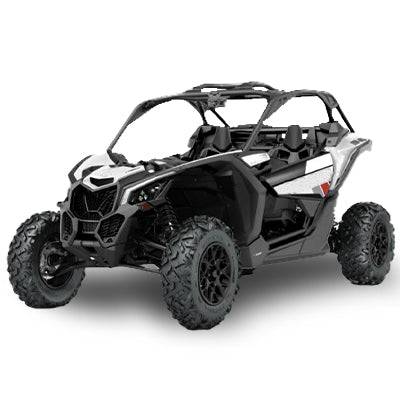
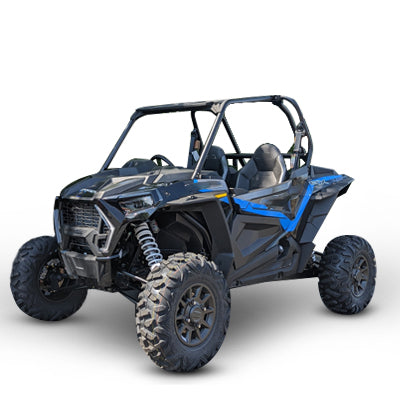
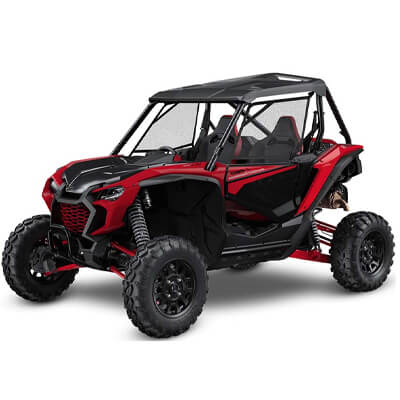
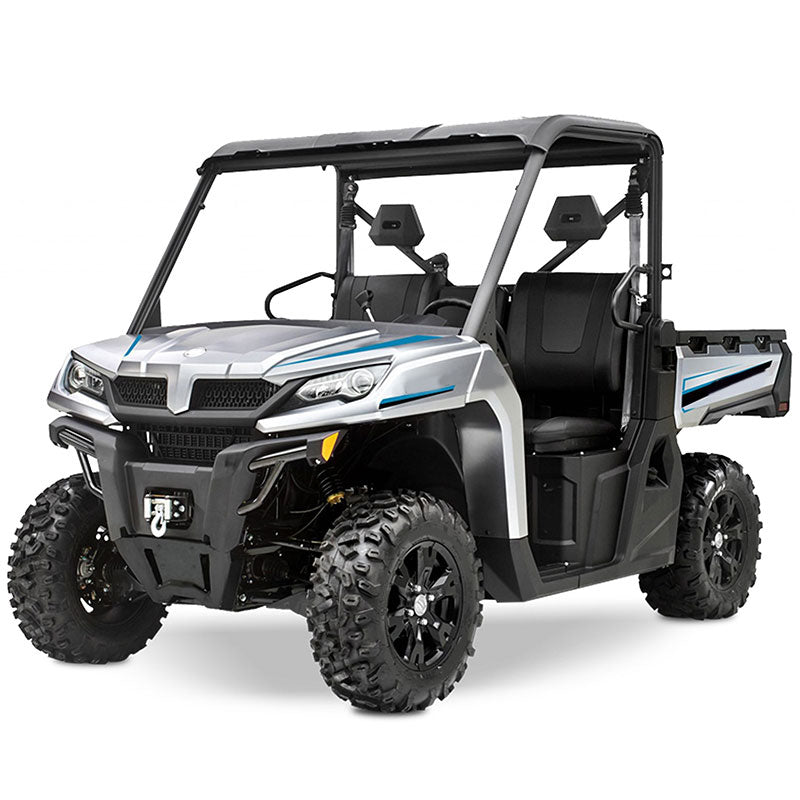
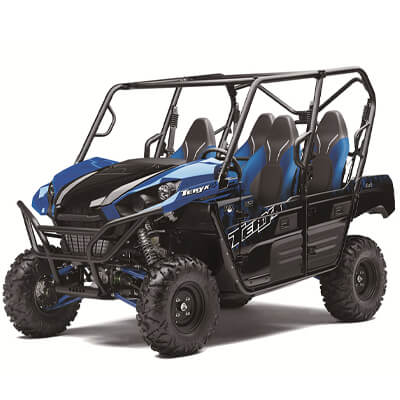
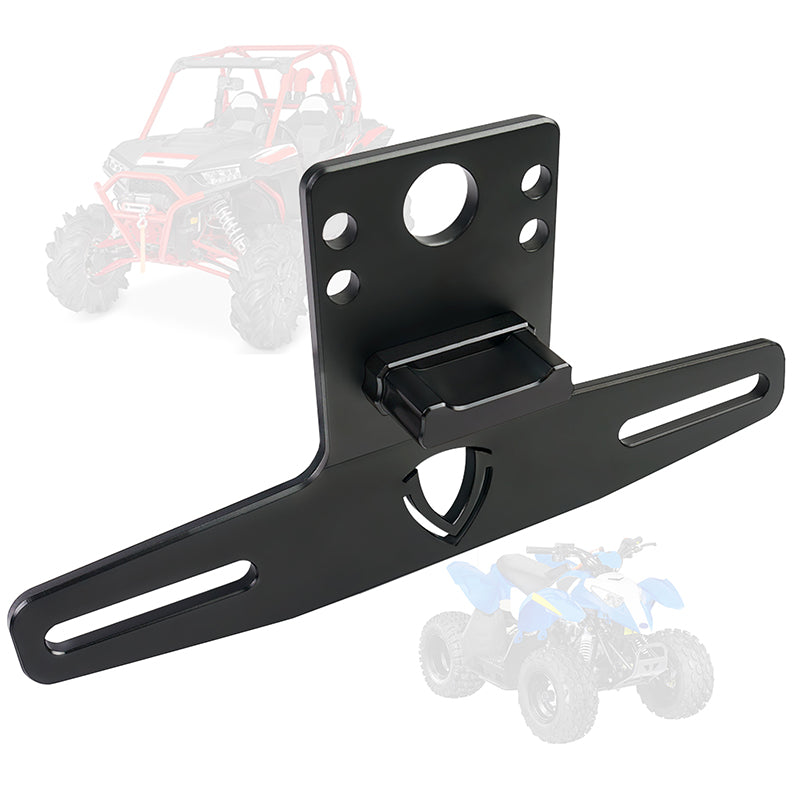
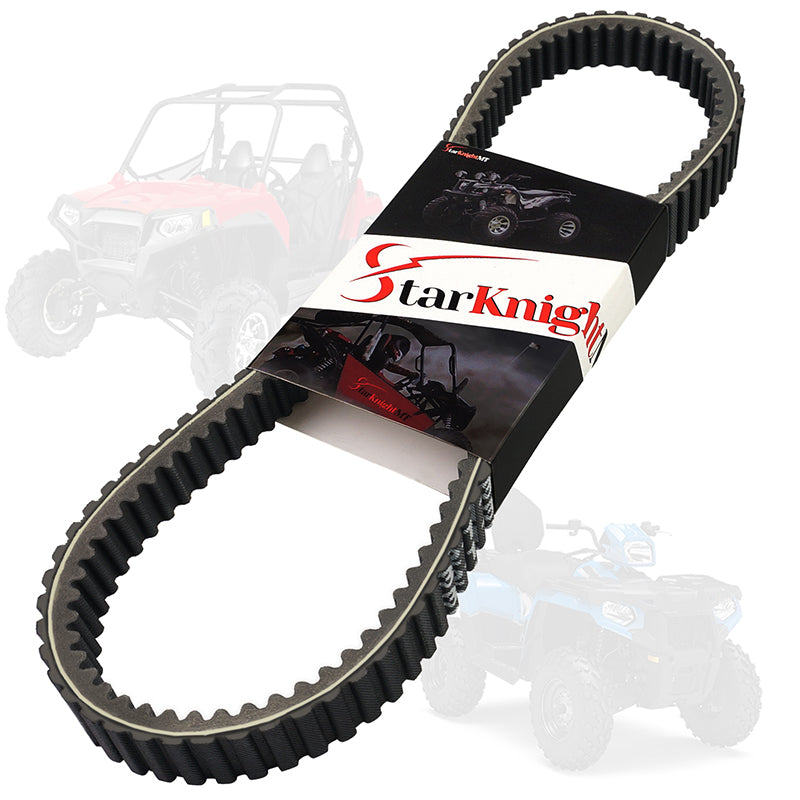



Leave a comment